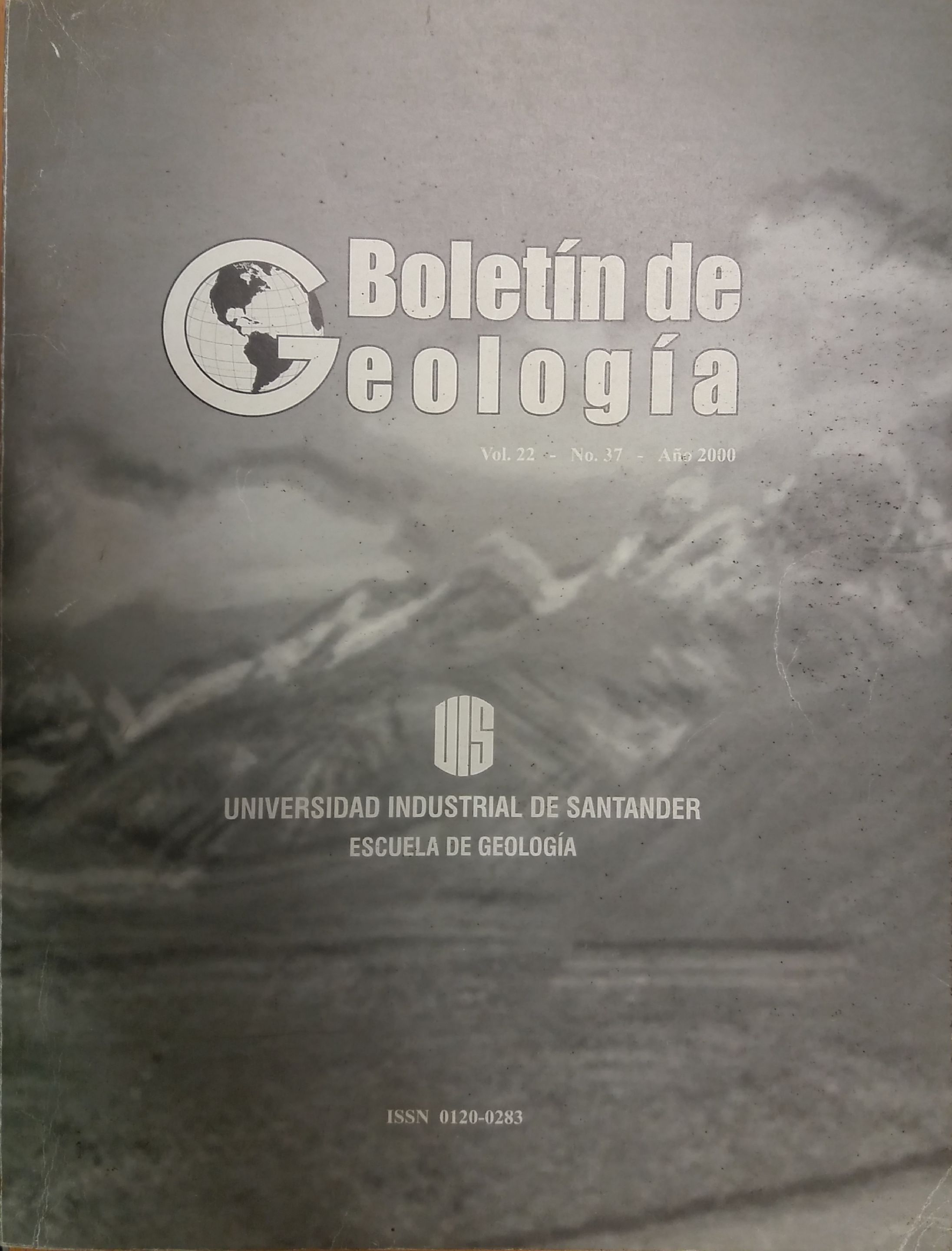Published 2000-07-03
Keywords
- mass Movements,
- landslide,
- Geomorphology Intensity,
- Magnitude
How to Cite
Abstract
A mass movement may be defined as any lithologic or debris material displacement downwards (vertical or in the direction of a slope foot), caused by gravity. In common language, there are other synonymous words such as: landslide, collapse and terrain movement.
The occurrence of a mass movement develops some characteristic geomorphologic and morphometric features. The morphologic elements may be associated to displaced mass or surrounding intact terrain. Among these morphologic elements are the crown, the main scarp, the rupture surface, the body, the flanks, the front and the foot.
Mass movements have been internationally classified in eight basic types: fallings, flows, landslides, lateral propagation, collapses, reptation, torrential floods, avalanches and complex mass movements. Nevertheless, they may be described or classified under many points of view, including: relative displacement, velocity or movement rate, type and size of involved material, relative activity, relative dimension, grade of development, transport mechanism, genesis and detonate agent.
Mass movements may be quantified for their magnitude in relation to the volume, activity, velocity and intensity according to damages occasioned.
Downloads
References
Brunsden, D. (1979). Mass Movements. Progress ingeomorfology, Arnol, pp.130-186
Carrara, R., Catalano, E., Sorriso Va1vo. M, Reali, C.,Merenda, L. and Rizzo, V. (1977) Landslide morphometryand typology in two zones, Calabria, Italy. Bull. Int. Ass.Engng. Geol. No.16, pp. 8-13
Coates, D.R. (1977). Landslide perspectives. In:Landslides. D.R. Coates (ed.). Geological society ofAmerica, pp. 3-28
Cooke, R.U. and Doornkamp, J.C. G (1990). Slope failureand subsidence. In Geomorphology in EnvironmentalManagement
Clarendon press Oxford, second edition, pp. 106-140.Crozier, H.J. (1973). Techniques for the morphometricanalysis of landslides. Zeitschrift für Geomorphologie Vol.17, No I, pp. 78-I01
Crozier, M.J. (1986). Landslides: causes, consequences& environment. Croom Helm, London, England, 245 pp.Cruden, D.M., J. De Lugt., (1989) An Inventory of theLandslides of the Word. In I Southamerican Symposiumon Landslides. August 7-10, 1989. Paipa, Colombia. Vol.1, pp. 607-623
Filliat, G. (1981). La practique des sols et des fondations.Mouvements de terrains, éd. du Moniteur, Paris, pp. 555-626.
Flageollet, J.C. (1988). Les mouvements de terrain et leurprévention. MASSON, Collection géographique, 224 p
Foucault, A. et Raoult, J.-F. (1992). Dictionnaire degéologie. 3e édition. MASSONdes études géologiques etde mécanique à l'estimation de la stabilité des pentes. ThèseDoct.-Ing., Grenoble
González, A.J., (1989). A Direct Relationship BetweenShear Strength and Shuk's Slope Criterion . In ISouthamerican Symposium on Landslides. August 7-10,1989. Paipa, Colombia. Vol. 1, pp. 334-343
Hoek, E. and Bray, J.W. (1977). Rock Slope Engineering.Institute of Mining and Metallurgy, London, 358 pp
Hutchinson, J.N. (1968). Mass movements. In:Encyclopedia of Earth Sciences (R.W. Fairbridge, Ed.),Reinhold, New York, 688-695.Malatrait, A.M., Letourneur, J. et Antoine, P. (1977). Essaide cartographie systématique des mouvements de terraindans les Alpes françaises, Bull. Ass. Int. de Géol. del'Ingénieur, 16, pp. 39-46.
Marbouty, D., (1981). What tigers an avalanche. LaRecherché, May 1981.Millies-Lacroix, A. (1981). Classification des talus etversants instables. Risques géologiques, Mouvements deterrain. 26 e Congrès Géologique International, section17, Bull. liaison labo. Ponts & Chaussées, Paris, 55-62
Mougin, J.P. (1973). Les Mouvements de terrain.Recherche sur les apports mutuelsRijtema, P.E. (l969). Classification of landslides and othermass movements. Rock mechanics 4, pp. 71-78
